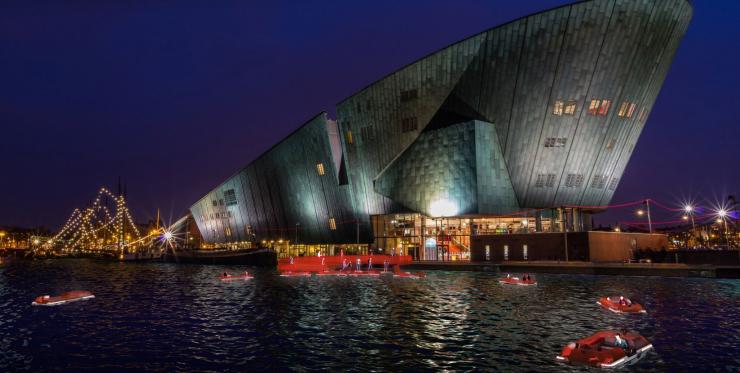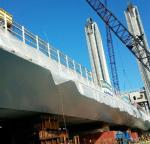The fleet of boats could be used for crossing between the city centre and Marineterrein Amsterdam, an area that is being developed. It currently takes more than 10 minutes to walk the almost 1km from one side to the other but building a bridge there would be challenging as the waterway is used by high-masted boats. The researchers suggest that their “RoundAround’ scheme could reduce the travel time to less than two minutes.
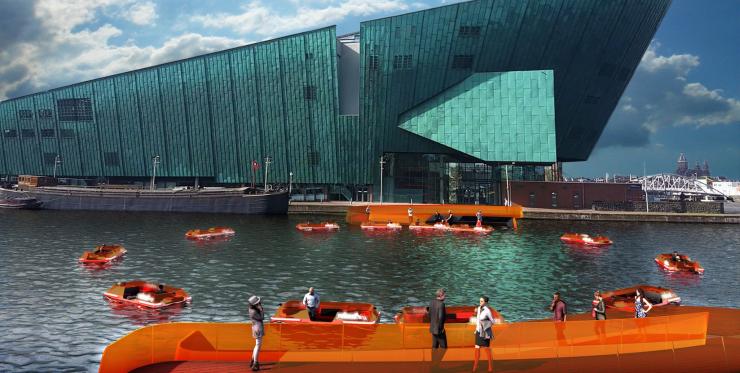
The concept has been developed by researchers at Massachusetts Institute of Technology (MIT) in collaboration with the Amsterdam Institute for Advanced Metropolitan Solutions (AMS Institute). “RoundAround is one of the first proposed applications of Roboat, our research in collaboration with AMS Institute,” said Carlo Ratti, professor at MIT Senseable City Lab and AMS principal investigator. “The Roboat units of RoundAround will autonomously respond to and learn from the dynamics of this Amsterdam waterway. As they operate, the system will become increasingly more intelligent and well-equipped to be implemented in other parts of the city and other cities worldwide.”
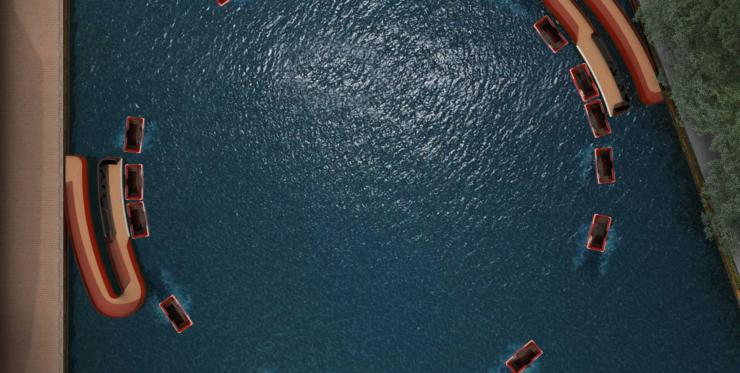
The city of Amsterdam is growing rapidly, and various new areas are being developed. With this the question arises on how to keep the city connected, said the researchers, as the development of permanent infrastructure is a complex and lengthy processes. "To keep up with developments the dynamic infrastructure of RoundAround could be used as a temporary solution,” the team suggested. “When needs change the boats can be used at a different location or for a different purpose.”
“Bridging this waterway truly challenges urban engineers, as it’s an important fixed mast route for bigger boats,” said Stephan van Dijk, head of research and valorisation at Marineterrein Amsterdam Living Lab. “This makes it challenging to design an accessible bridge across this canal.”
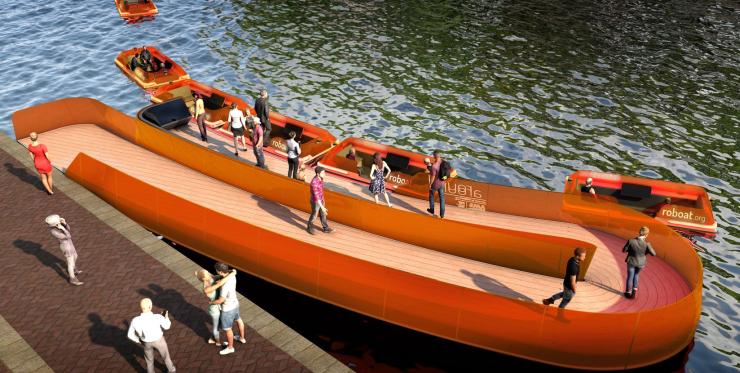
In the past year AMS Institute has relocated to Marineterrein Amsterdam, a partly decommissioned military area in the heart of Amsterdam. “With Marineterrein Amsterdam as a Living Lab – and the location at the waterfront, close to the Amsterdam canals — this is the perfect operating base for further developing and testing the Roboat project,” said van Dijk.
The system is equipped with cameras and Lidar technologies powered by artificial intelligence. The multifunctional hulls are designed to transport people and goods across the canal while evaluating the surrounding environment to maximise safety and efficiency. The Roboat units move in a continuous circle across the canal. Once at the quayside, the electric boats are guided by rail to a platform with inductive charging infrastructure where they can pick up and drop off passengers.
